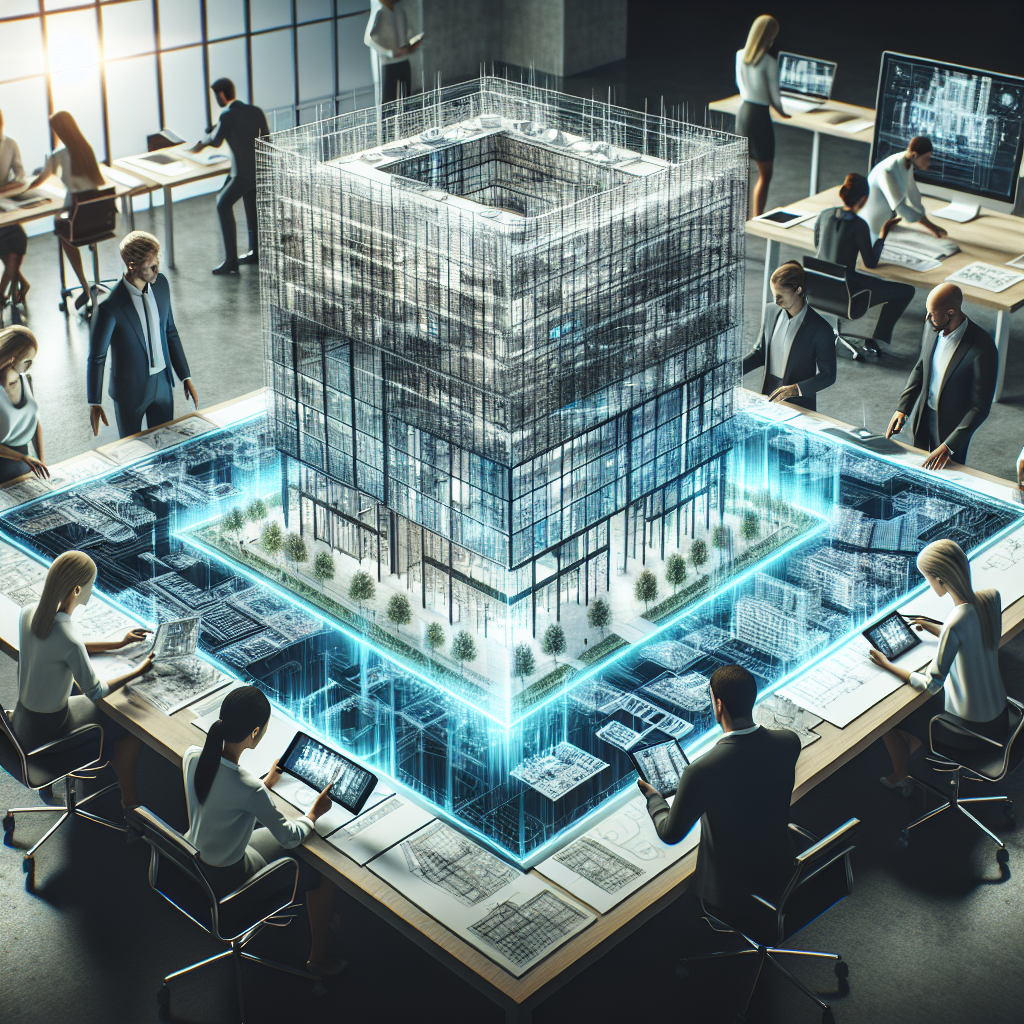In recent years, the field of architectural visualization has seen a major transformation with the integration of artificial intelligence (AI) technology. AI has revolutionized the way architects and designers create realistic renderings of their projects, allowing for faster production times, increased accuracy, and more immersive visualizations.
AI algorithms can analyze large datasets of architectural designs, materials, and lighting conditions to generate photorealistic images that closely resemble real-life scenes. This technology has enabled architects to visualize their projects in a way that was previously not possible, helping them to communicate their designs more effectively to clients and stakeholders.
One of the key benefits of using AI in architectural visualization is the ability to create highly detailed and realistic renderings in a fraction of the time it would take using traditional methods. AI algorithms can quickly process complex data and generate images that accurately represent the architect’s vision, saving time and resources in the design process.
Another advantage of AI in architectural visualization is the ability to experiment with different design options and configurations quickly and easily. By inputting different parameters into the AI algorithm, architects can generate multiple variations of a design and compare them side by side, allowing them to make informed decisions about the best approach for their project.
AI technology also allows for more accurate lighting simulations, helping architects to create renderings that accurately represent how a building will look in different lighting conditions. This level of detail can be crucial in helping clients visualize the final result and make informed decisions about the design.
Furthermore, AI can also assist in creating more sustainable and energy-efficient designs by analyzing data on building materials, energy consumption, and environmental factors. By inputting this information into the AI algorithm, architects can optimize their designs to reduce energy usage and minimize environmental impact.
Overall, AI has the potential to revolutionize the field of architectural visualization, making it easier and more efficient for architects and designers to create realistic renderings of their projects. With advances in AI technology continuing to evolve, we can expect even more innovative applications in the future.
FAQs:
Q: How does AI technology improve the quality of architectural renderings?
A: AI algorithms can analyze large datasets of architectural designs, materials, and lighting conditions to generate photorealistic images that closely resemble real-life scenes. This technology enables architects to create highly detailed and realistic renderings in a fraction of the time it would take using traditional methods.
Q: Can AI help architects experiment with different design options?
A: Yes, AI technology allows architects to input different parameters into the algorithm and generate multiple variations of a design quickly and easily. This enables architects to compare different design options and configurations, helping them to make informed decisions about the best approach for their project.
Q: How does AI technology assist in creating sustainable designs?
A: AI technology can analyze data on building materials, energy consumption, and environmental factors to help architects optimize their designs for sustainability. By inputting this information into the AI algorithm, architects can reduce energy usage and minimize environmental impact in their designs.

